An Giang owns 10 artifacts of Oc Eo culture which are national treasures preserved locally.
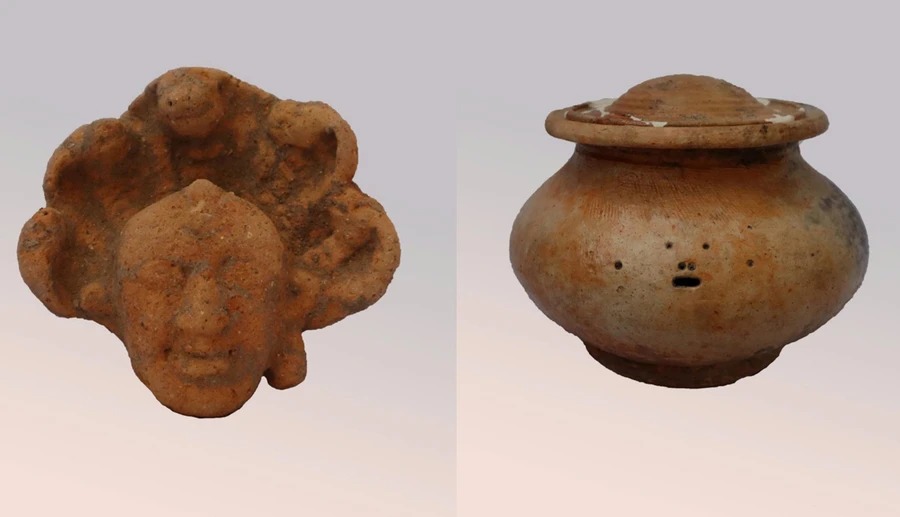
Two artifacts in An Giang have just been recognized by the Prime Minister as national treasures in 2024.
Among the 33 national treasures recognized in 2024, An Giang province has 2 artifacts: Linh Son Bac Buddha statue head, dated: 1st - 3rd century and Go Cay Tram jar tomb, dated: 4th - 5th century. Both national treasures are currently kept at the Oc Eo Cultural Relic Management Board (Thoai Son district, An Giang).
Thus, An Giang province currently owns 10 ancient artifacts of the Oc Eo culture, which are 10 national treasures preserved locally, including: Linga - Yoni Stone Set, dated: 5th - 6th century; Brahma God Statue of Giong Xoai, dated: 6th - 7th century; Khanh Binh Stone Buddha Statue, dated: 6th - 7th century; Giong Xoai Wooden Buddha Statue, dated: 4th - 6th century; Linga - Yoni Linh Son Set, dated: 7th century; Linh Son Bac Buddha Relief, dated: 3rd - 4th century; Nandin Ring of Giong Cat, dated: 5th century; Mukhalinga Ba The Statue, dated: 6th century; Linh Son Bac Buddha Statue Head, dated: 1st - 3rd century and Go Cay Tram Jar Tomb, dated: 4th - 5th century.
Below are unique images of 10 ancient artifacts, antiques are 10 national treasures in An Giang
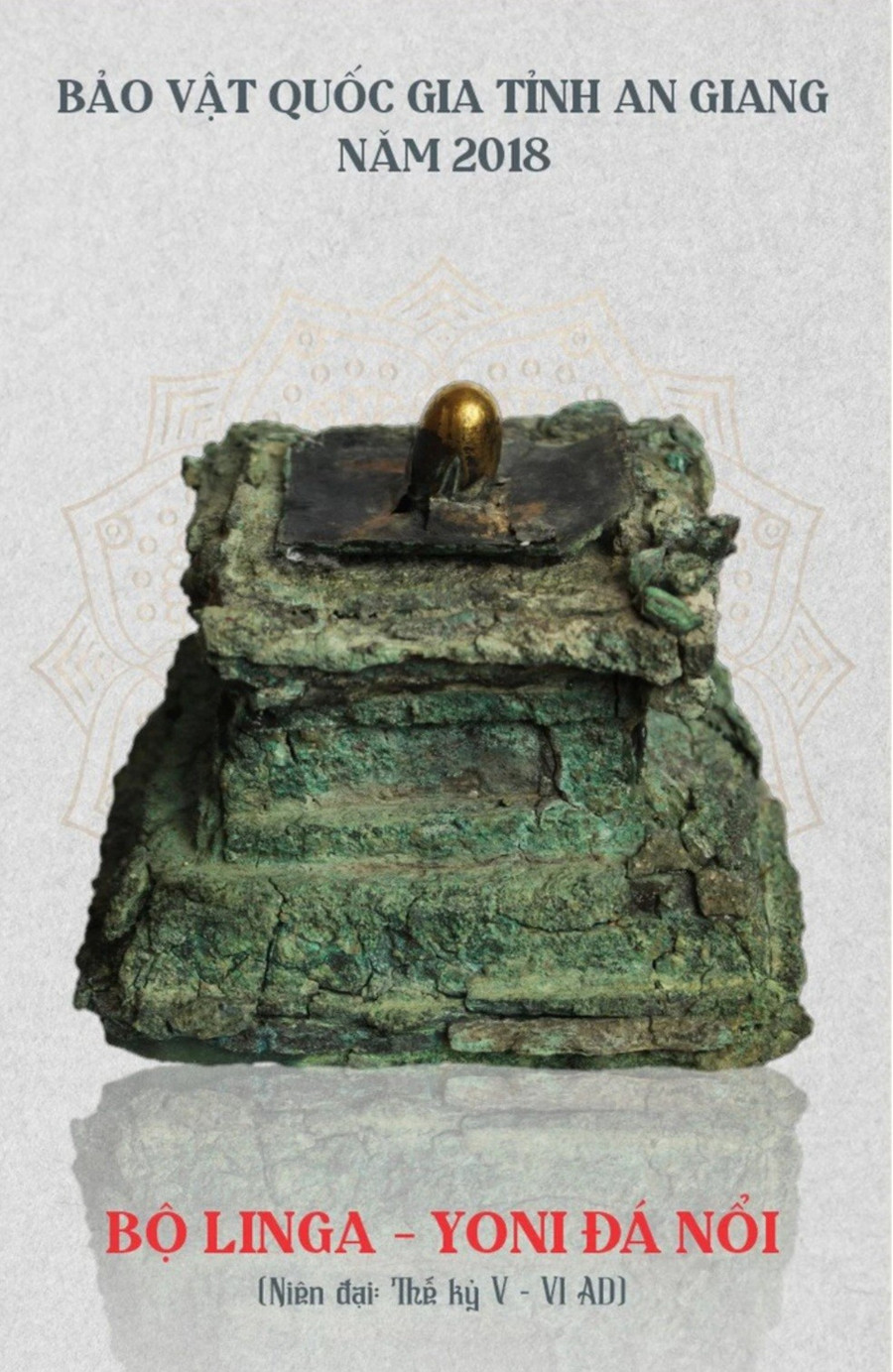
The Linga-Yoni Stone Floating Artifact dates back to around the 5th-6th century.
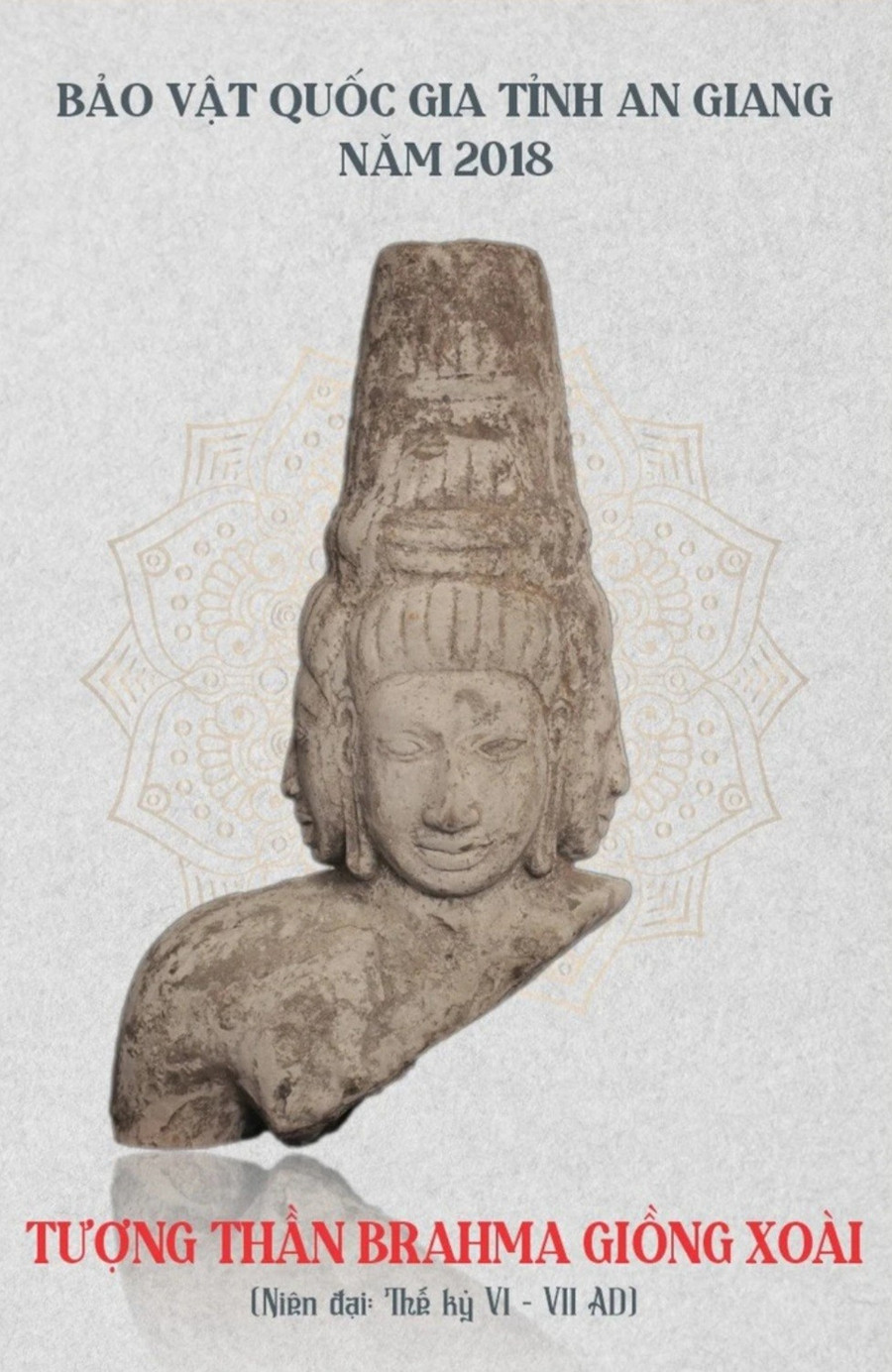
Artifact Statue of Brahma dated to around the 6th-7th century.
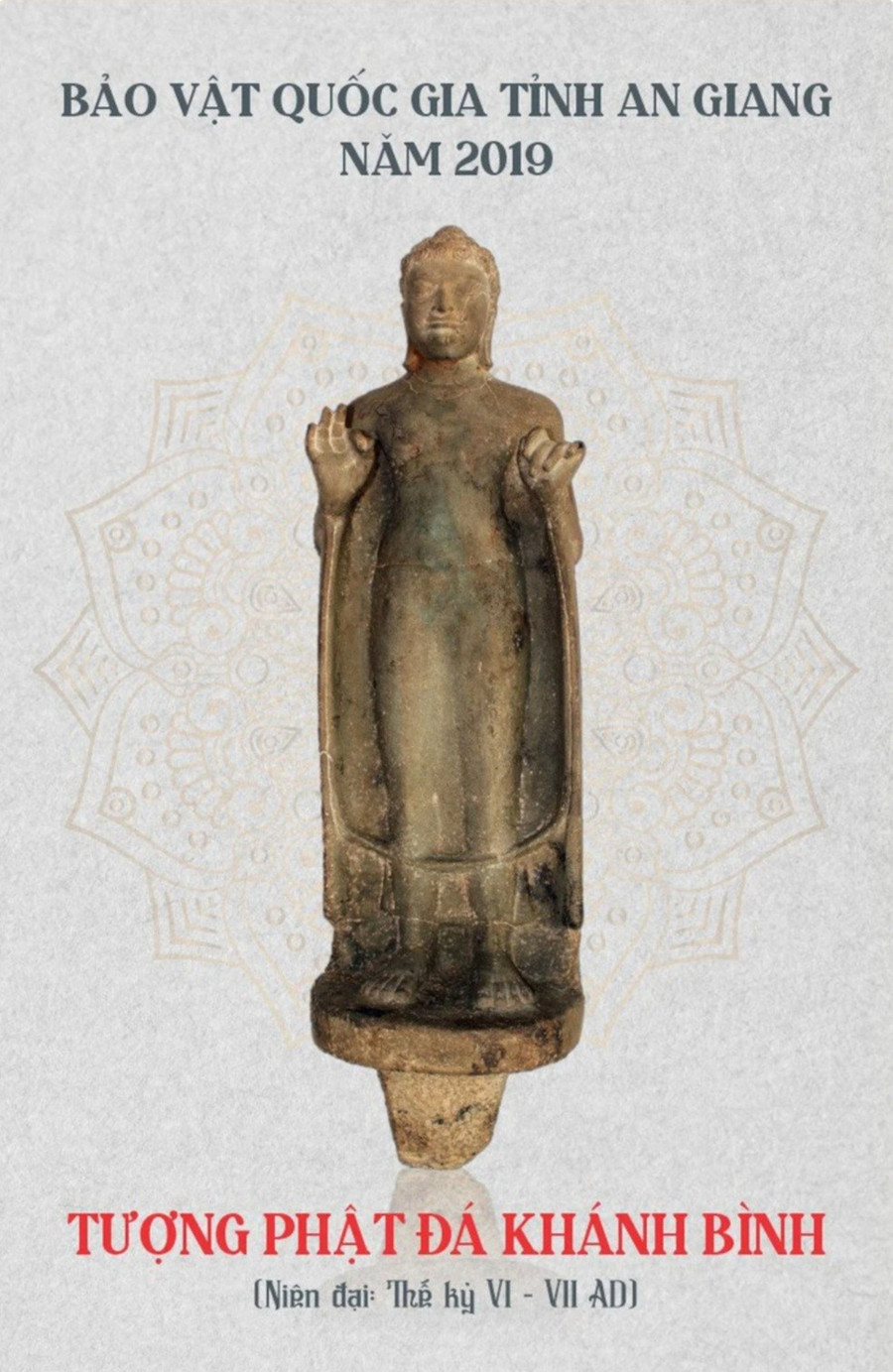
Khanh Binh stone Buddha statue dates from the 6th - 7th century.
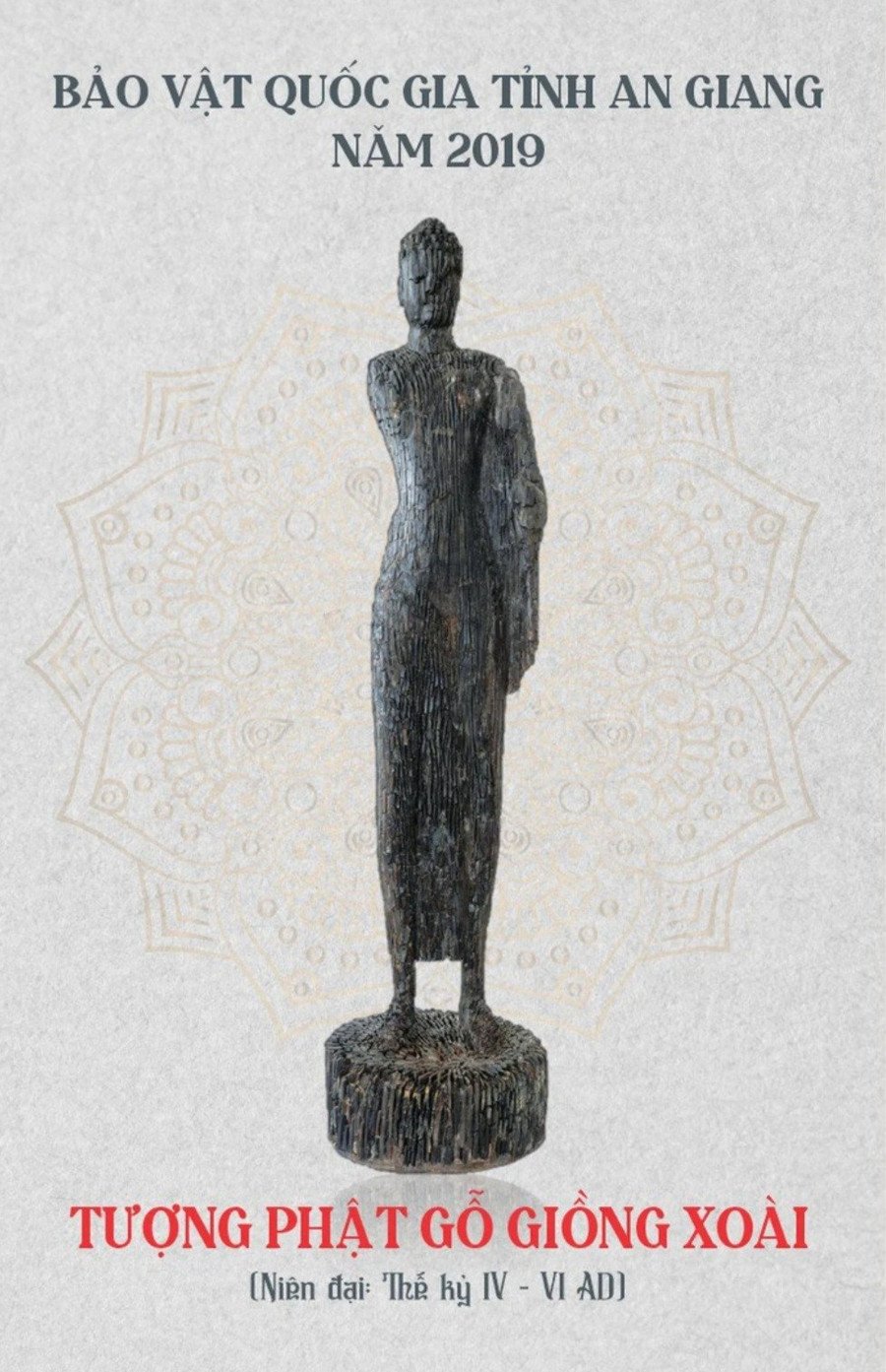
The wooden Buddha statue of Giong Xoai dates back to around the 4th - 6th century.
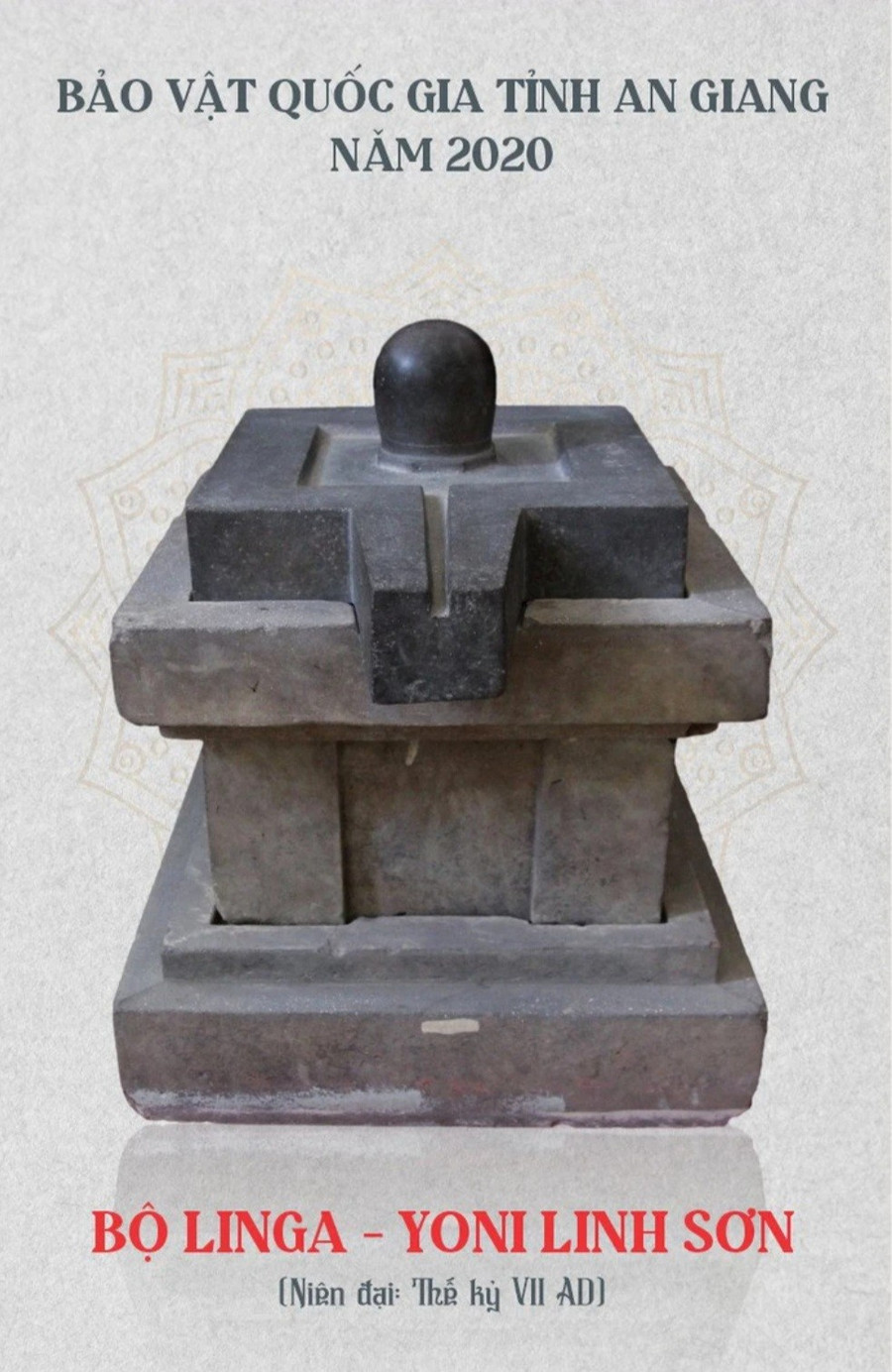
Linga-Yoni Linh Son artifact dated to the 7th century.
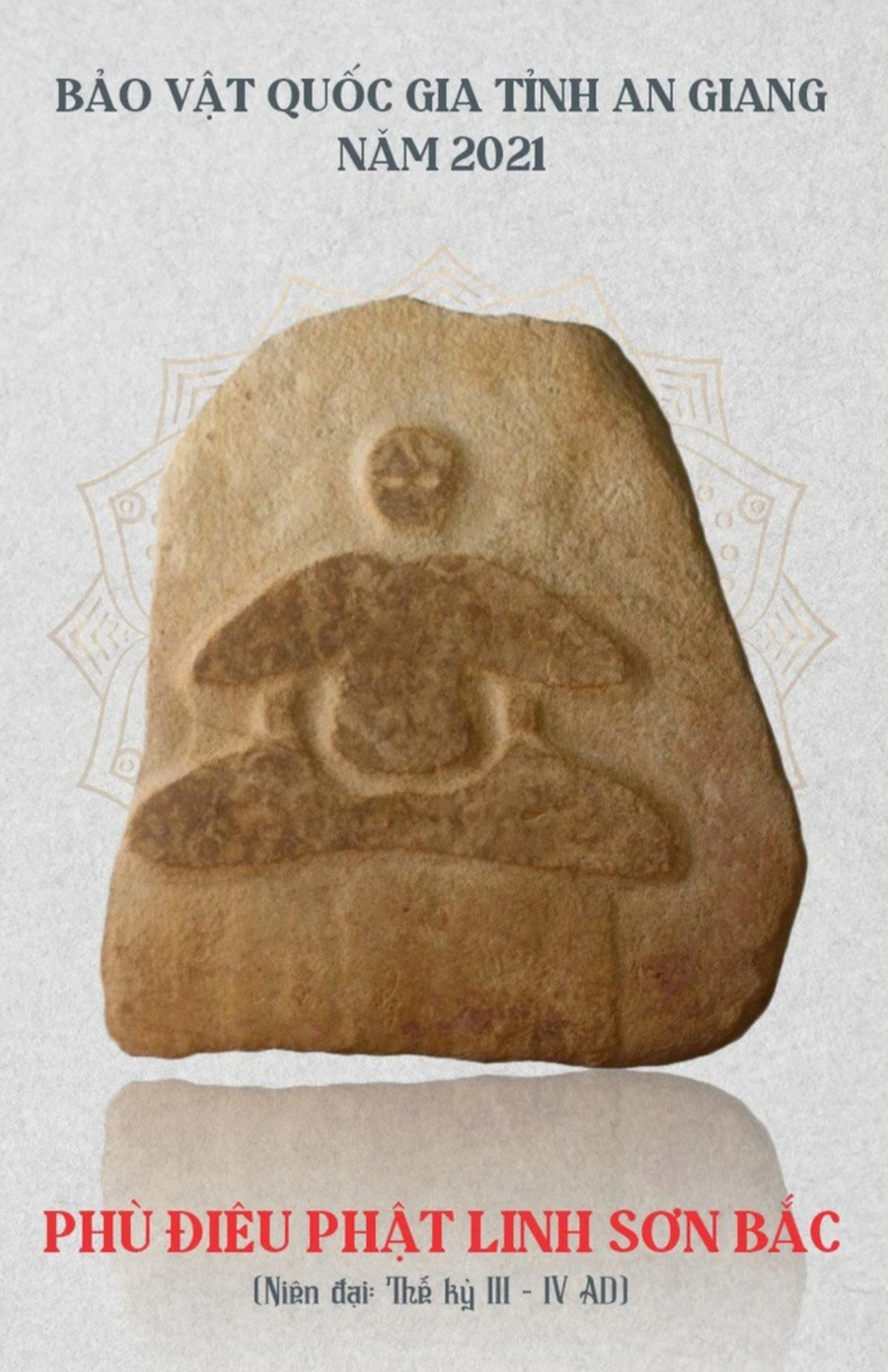
The Linh Son Bac Buddhist relief artifact dates back to around the 3rd - 4th century.
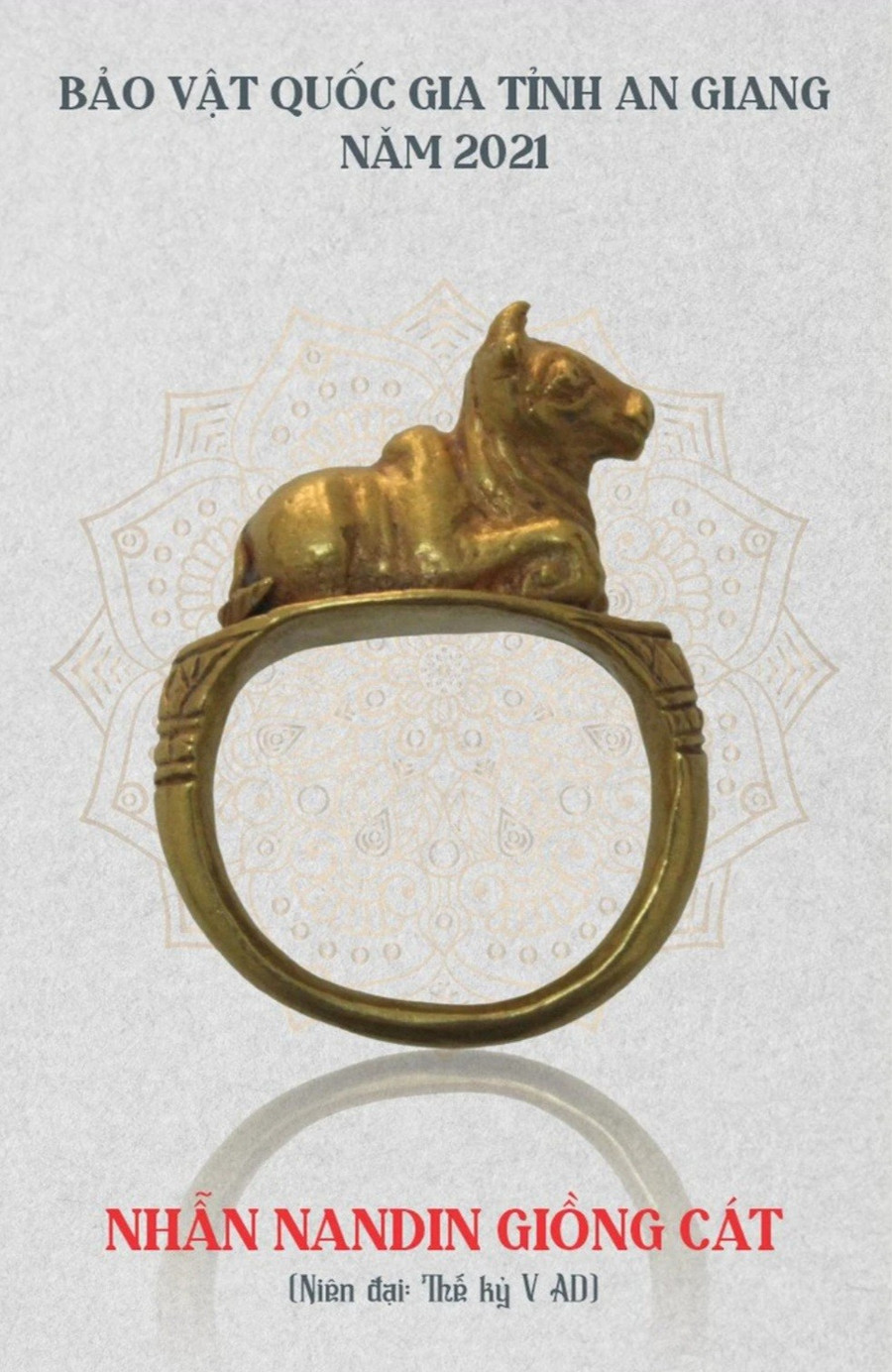
The Nadin Giong Cat ring artifact made of pure gold dates back to the 5th century and belongs to the Oc Eo culture in An Giang province.
Oc Eo culture is the culture of the Kingdom of Funan, an ancient country formed among the earliest in Southeast Asia, dating from about the 1st to the 7th century AD.
The relics were first excavated and discovered by French archaeologist Louis Malleret at Oc Eo mound (now in Oc Eo town, Thoai Son district, An Giang province) in 1944.
The discovered artifacts of the Oc Eo culture contain important cultural, historical, religious, and architectural and artistic meanings, contributing to clarifying the value of the Oc Eo culture in the South.
This is important data providing a scientific basis for planning, conservation and building a dossier to nominate UNESCO to register the Oc Eo - Ba The archaeological site as a World Cultural Heritage.
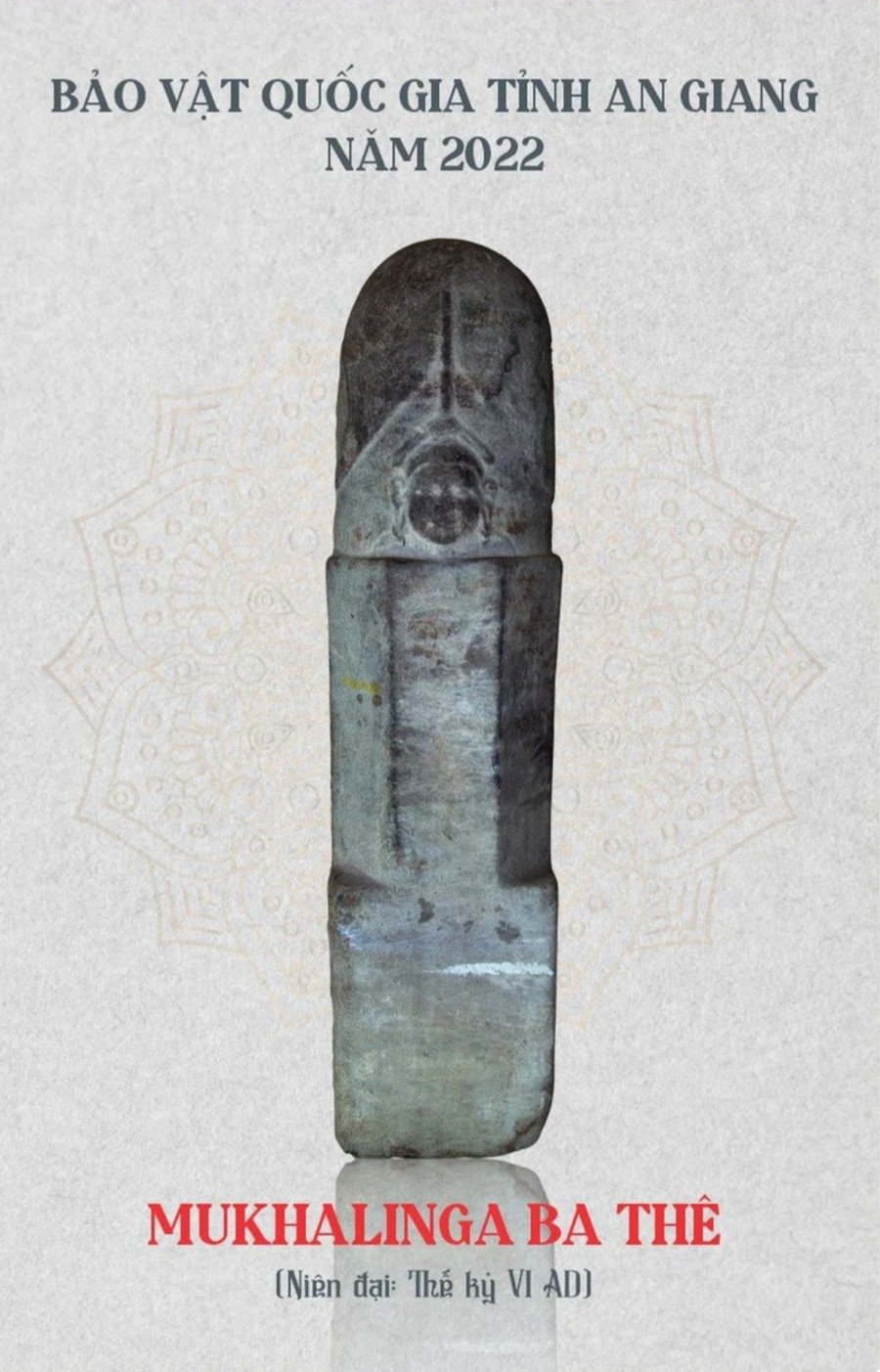
The Mukhalinga Ba The artifact dates back to around the 6th century.
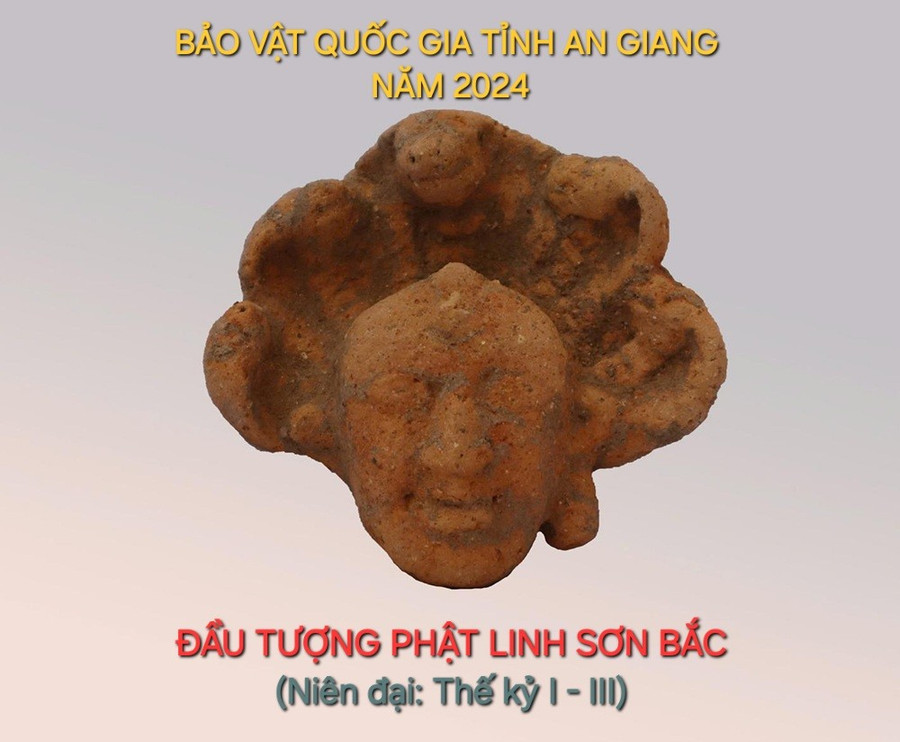
The Linh Son Bac Buddha Head artifact dates back to around the 1st - 3rd century.
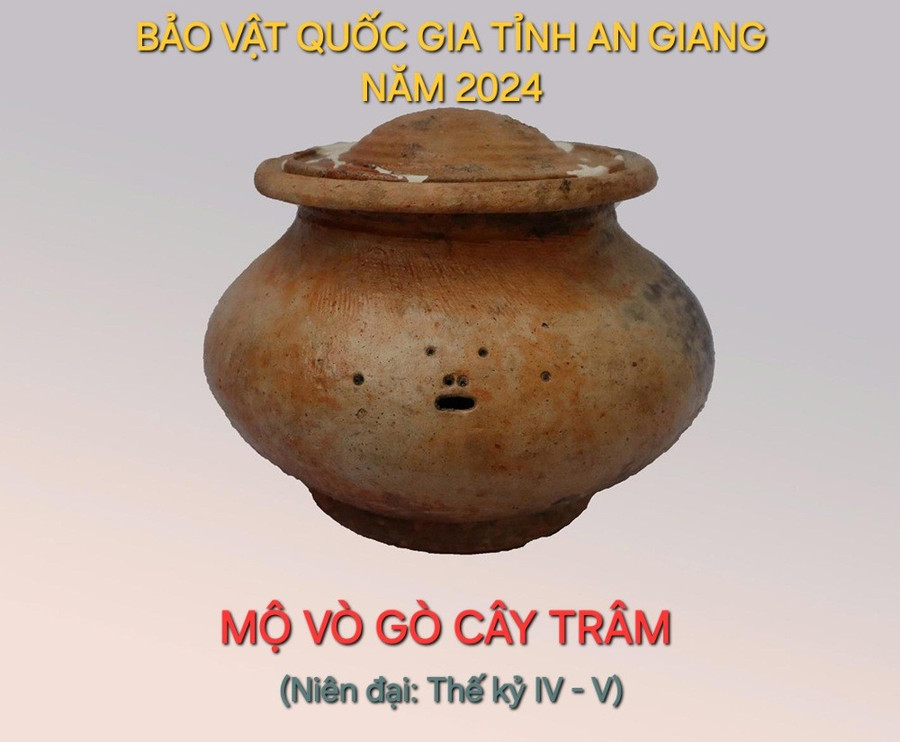
The ancient artifact of the Go Cay Tram jar tomb dates back to around the 4th - 5th century, belonging to the Oc Eo culture in An Giang province.
Source: https://danviet.vn/can-canh-10-hien-vat-co-co-vat-la-bao-vat-quoc-gia-o-an-giang-co-nhan-vang-mat-tren-la-mot-con-thu-20250117131840376.htm


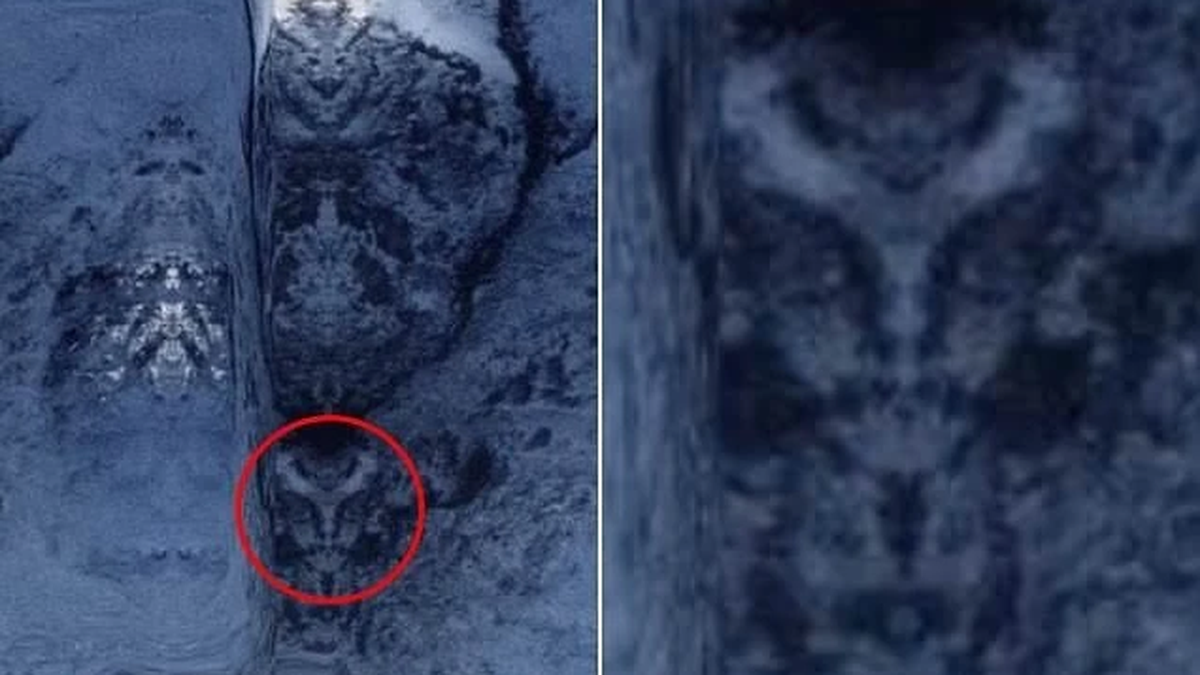




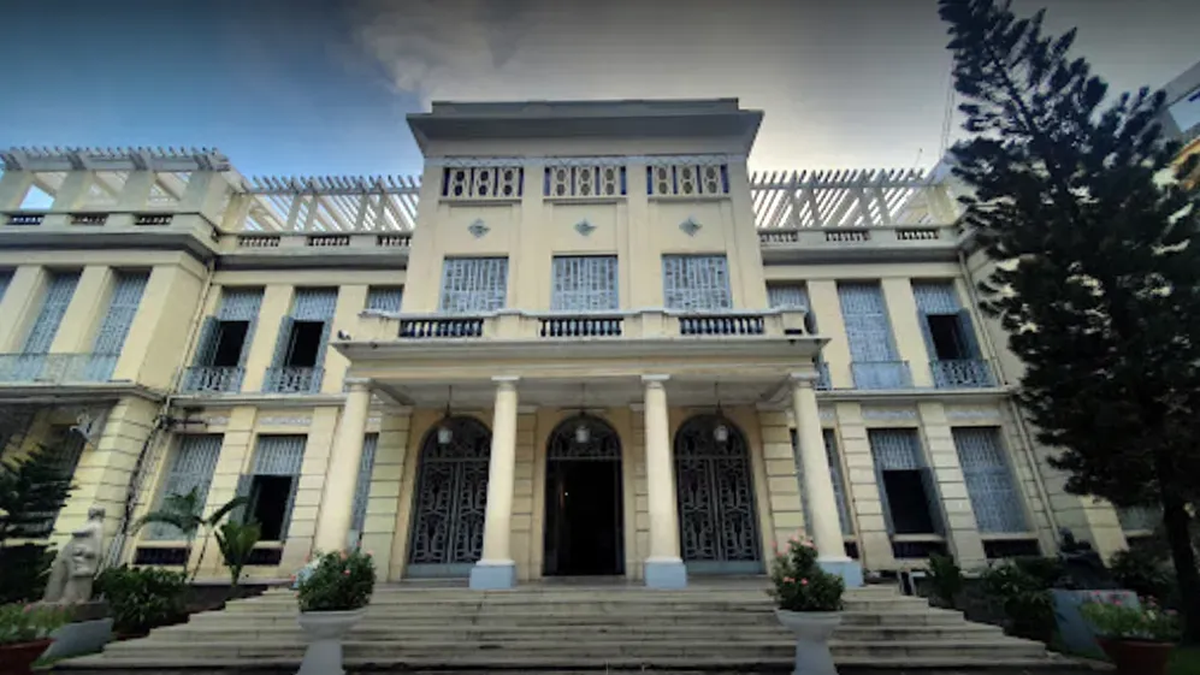


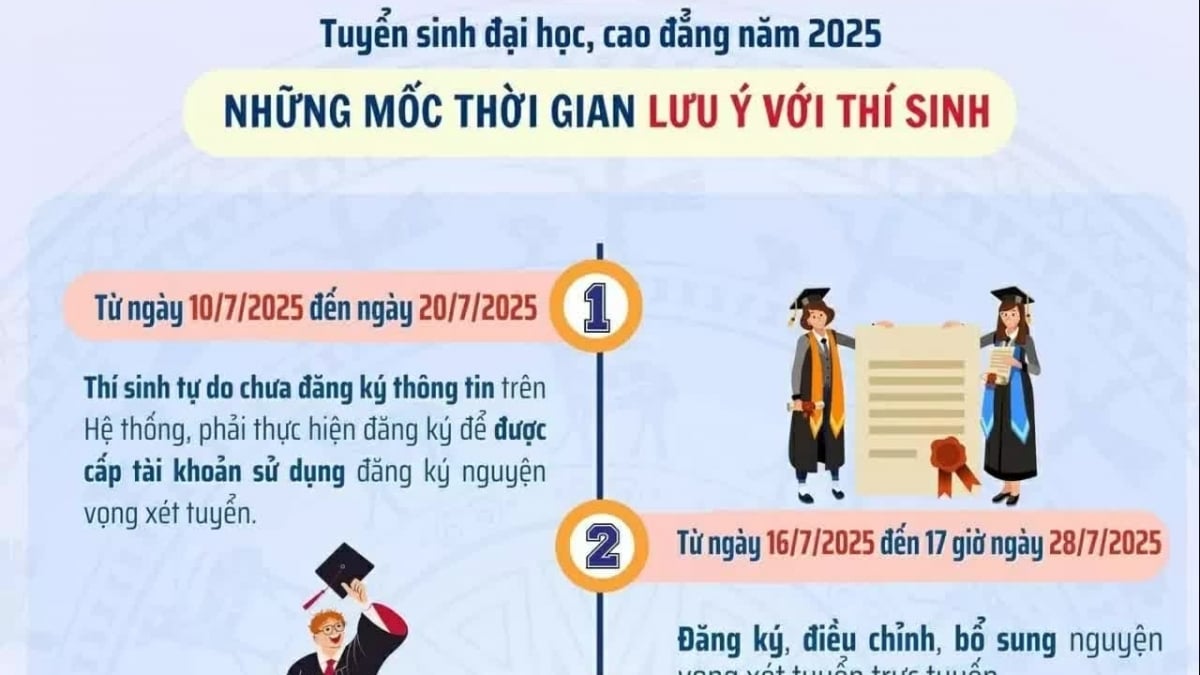












![[Photo] Nghe An: Provincial Road 543D seriously eroded due to floods](https://vphoto.vietnam.vn/thumb/1200x675/vietnam/resource/IMAGE/2025/8/5/5759d3837c26428799f6d929fa274493)



![[Photo] Discover the "wonder" under the sea of Gia Lai](https://vphoto.vietnam.vn/thumb/1200x675/vietnam/resource/IMAGE/2025/8/6/befd4a58bb1245419e86ebe353525f97)




































































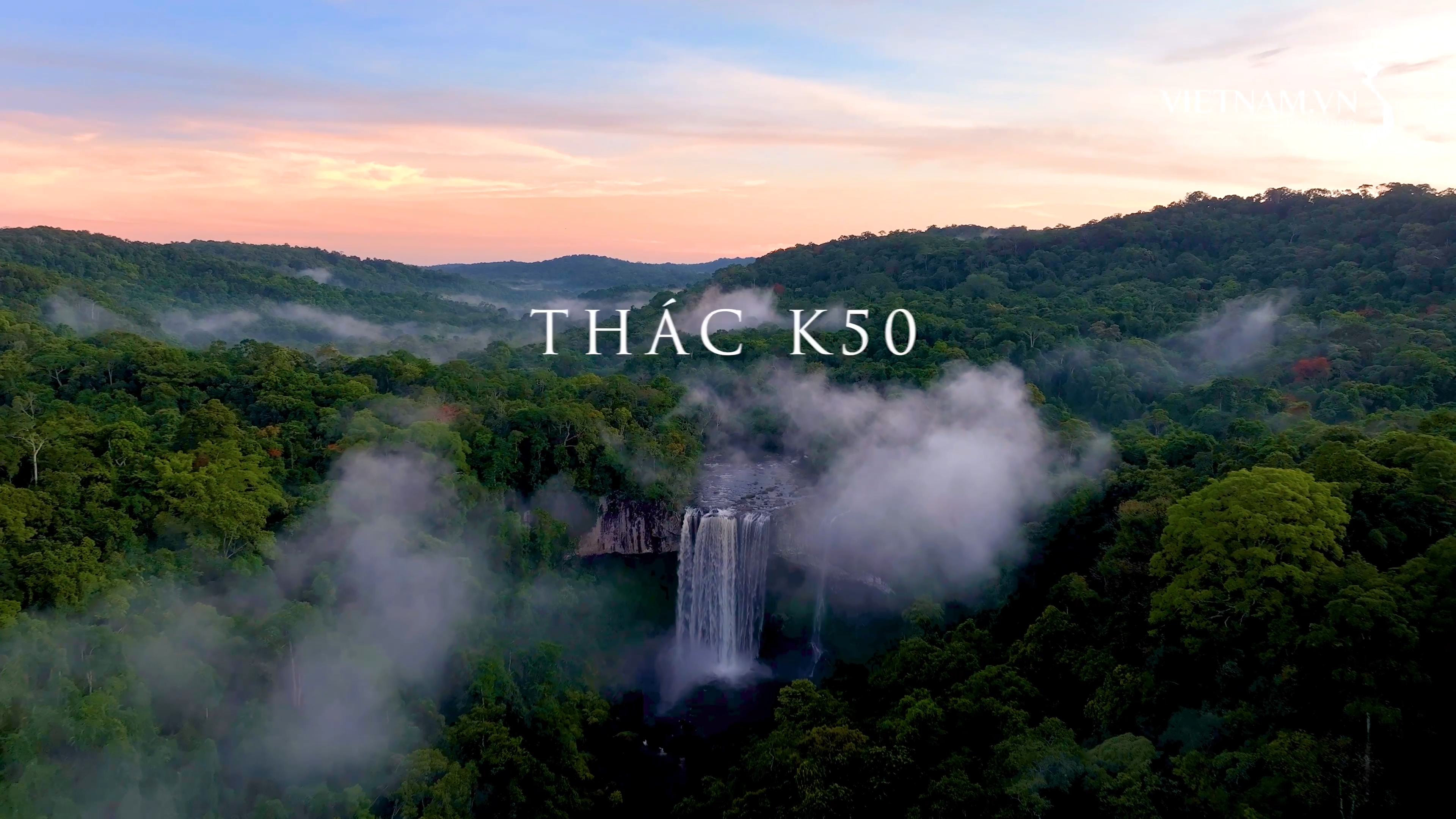

Comment (0)